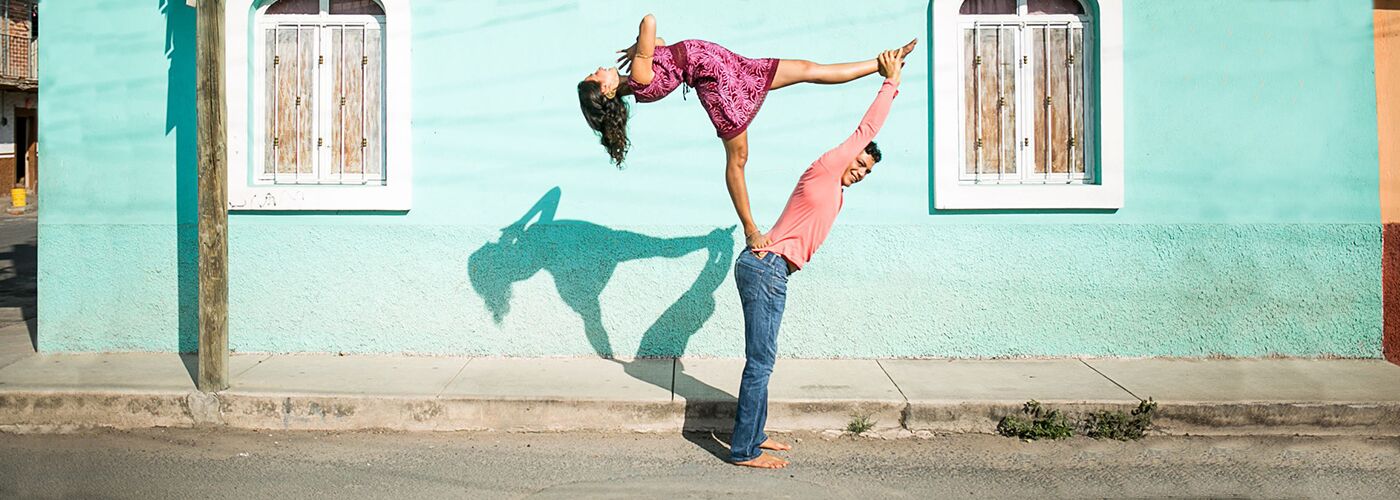Early vs delayed rehabilitation after acute muscle injury?
We’ve come a long way in the treatment and prevention of sports injuries in the past decades, and as mentioned in a previous post on the RICE principle we no longer recommend ice or complete rest for treating sport injuries, however the legacy of the RICE principle means that in many cases the prevailing advice regarding sport injuries like muscle fiber tears is to rest the injury and slowly return to activity, however as current research shows delaying the onset of rehabilitation activity might result in prolonged pain and delayed return to sport.
Movement is medicine
Countless studies have shown the positive effect of quickly getting back to activity after an injury. For example a recent randomized, controlled trial from the Danish Tendon Research Group Bispebjerg, involving 50 amateur athletes with acute injury of the thigh muscle or calf muscle, highlighted the consequences of continued immobilization after a recreational sports injury.
Starting rehabilitation 2 days after injury rather than waiting for 9 days shortened the interval from injury to pain-free recovery and return to sports by 3 weeks without any significant increase in the risk of re-injury [Bayer et al. 2017].
This underlines the importance of early loading of injured musculotendinous tissue. Immobilization can swiftly and adversely affect muscle and tendon structure and function and has detrimental effects on connective-tissue cells. Delay in rehabilitation can result in prolonged pain and a delayed return to sports, a finding that emphasizes the importance of regular and controlled mechanical loading early after trauma to large muscles.


Interval from Muscle-Strain Injury to Pain-free Full Recovery, According to the Timing of Initiation of Rehabilitation Therapy. [Bayer et al 2017]
Early rehabilitation is crucial for pain free recovery
To avoid the negative consequences of immobilization, the recommendation is now to start your rehabilitation as soon as possible. Using dumbbells, cable towers or other resistance equipment apply controlled mechanical loading to the injured area as soon as you are able to. Start with little resistance in a isolated movement pattern and progress from there.
References:
- Early versus Delayed Rehabilitation after Acute Muscle Injury

